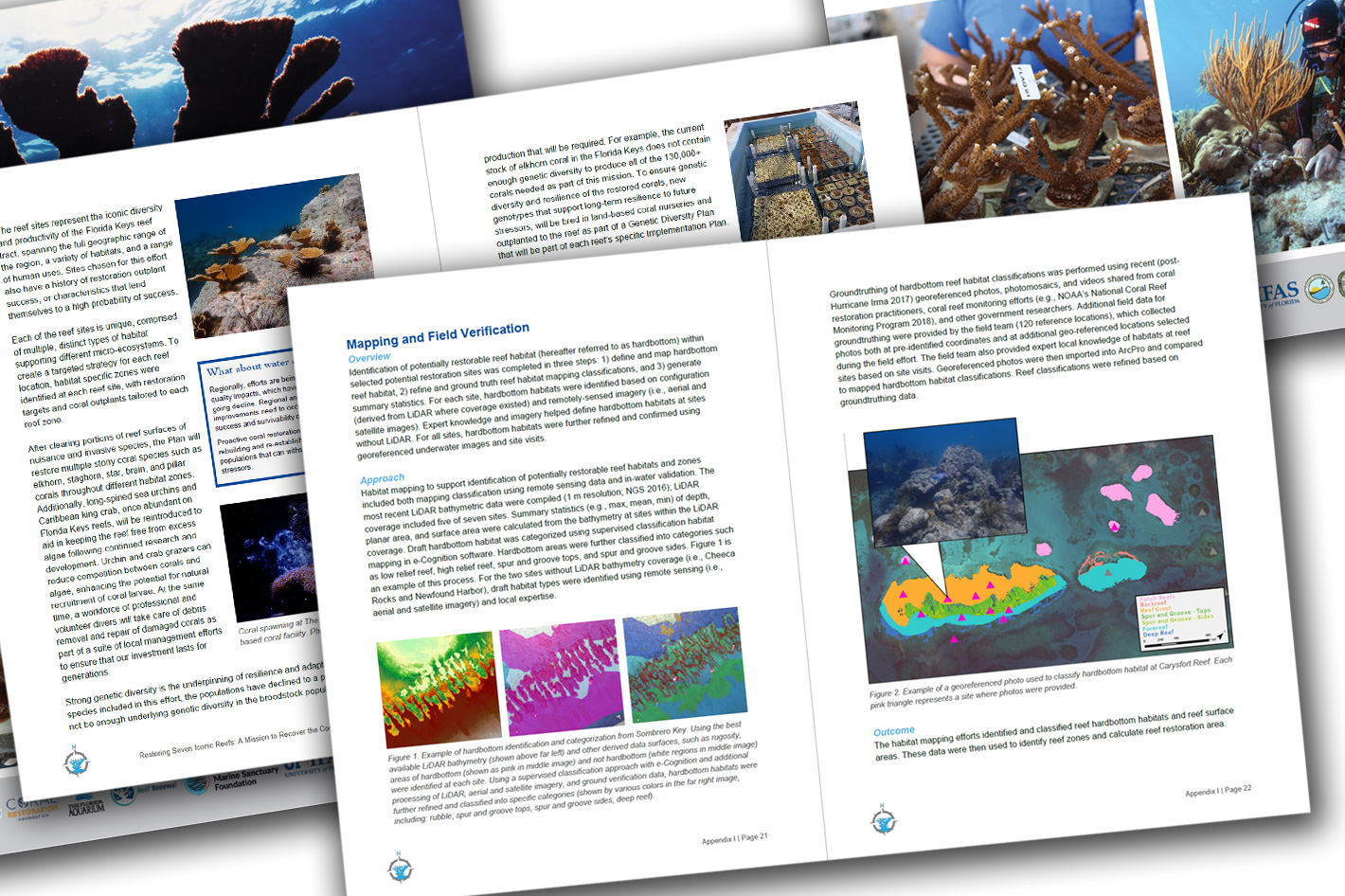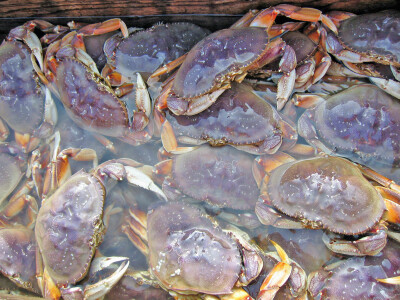The plan to recover the coral reefs of the Florida Keys aims to stop the decline and protect habitat for recreationally and commercially important fish and a myriad of other animals.
Last March NOAA released a set of priorities identifying the most immediate actions necessary to achieve the goals of Mission: Iconic Reefs. The two-page document provides guidance on the highest priority strategic actions needed to continue the progress on this coral restoration effort.
The restoration of the seven iconic reefs was launched in 2019, when NOAA announced that, in collaboration with state and local partners, the initiative was launched with a goal: restore and preserve seven coral reef sites in the Florida Keys, part of an unprecedented, decades-long effort to revitalize the region’s highly diverse and economically valuable marine ecosystem.
The project, Mission: Iconic Reefs, calls for restoring nearly 3 million square feet of the Florida Reef Tract, about the size of 52 football fields, one of the largest strategies ever proposed in the field of coral restoration.
During the announcement it was said that “the effort to put Florida Keys coral reefs on track for recovery is an enormous undertaking, requiring long-term collaboration between many partners. A cross-NOAA team is engaging world-renowned scientists, local restoration partners, and other federal and state agencies to save these important, iconic resources.”
There is no single cause for the decline of Florida Keys coral reefs. Since the 1970s, hurricanes, heat-induced coral bleaching, cold snaps, and disease events, as well as acute impacts such as pollution, ship groundings, prop scarring, and misused boat anchors, have reduced coral coverage in the Florida Keys to two percent, based on observations at the Iconic Reef sites, from its historical coverage of 25 to 40 percent.
Coral cover is a measure of the proportion of reef surface covered by live stony coral rather than sponges, algae, or other organisms that make up the reef system. In general, 25 percent coral cover is considered necessary to support a healthy ecosystem and protect reef structure.
Immediate strategic actions needed
Why should you care about this? Because losing coral reefs could result in cascading effects to the Florida Keys region’s economy and culture, which are firmly rooted in the local marine ecosystem. This unique habitat generates billions of dollars in recreation and tourism for the state of Florida, but it goes beyond that: healthy coral reefs provide habitat for recreationally and commercially important fish and a myriad of other animals, including spiny lobster and sea turtles.
In response to the decline in coral reef health, the Florida Keys region has become a world leader in coral reef restoration. Now NOAA has identified the most immediate actions necessary to achieve the goals of Mission: Iconic Reefs. The effort is being implemented using a phased approach over the next two decades. Since launch, the project has made substantial progress building the foundation and supporting the long-term work of this ambitious effort.

The document now published provides guidance on immediate strategic actions needed to continue the progress of the iconic reefs mission.
Restoration Implementation
- Achieve at least 75 percent of Phase 1A coral restoration outplanting goals across all habitat types
- Implement restoration of grazer species, such as Caribbean king crab and long-spined sea urchin, that control invasive algae that can overgrow coral reefs
- Develop a detailed genetic management plan for all Phase 1 species, including elkhorn, staghorn, star, brain, and pillar corals
- Research and develop propagation and restoration techniques of Phase 1B species, in preparation for outplanting those species
- Develop and implement a risk management plan that enables coordinated and intentional responses and mitigations to risks that may arise over the duration of Mission: Iconic Reefs
- Develop Mission: Iconic Reefsrestoration best management practices and support partners in the implementation and maintenance of those practices
- Build organizational capacity that enables continued, sustainable restoration at large scale by supporting:
- In- and ex-situ nursery infrastructure
- Technology and data management infrastructure
- Restoration management personnel
- Streamline permitting and reporting processes
Monitoring and Research
- Equip the Mission: Iconic Reefs field team to engage in monitoring activities at all sites
- Acquire reef-scale imagery at all sites to serve as baselines for future comparison
- Develop and implement a data management plan that enables full security of completed restoration monitoring data and a platform which increases knowledge sharing in the international restoration community
Stewardship
- Develop the Iconic Reef Guardians Program into an active and functional program that assists with site preparation, maintenance, and monitoring activities
- Develop an updated framework for volunteer engagement that enables local community members to regularly engage in restoration-related activities
Marketing and Communications
- Build and maintain a robust Mission: Iconic Reefs website, social media, and related content, that enables international knowledge sharing for all related subject areas and achievements
Follow the link to download the Mission: Iconic Reefs 2022–2025 Priorities document. Also available, is the 45-page PDF Restoring Seven Iconic Reefs.







